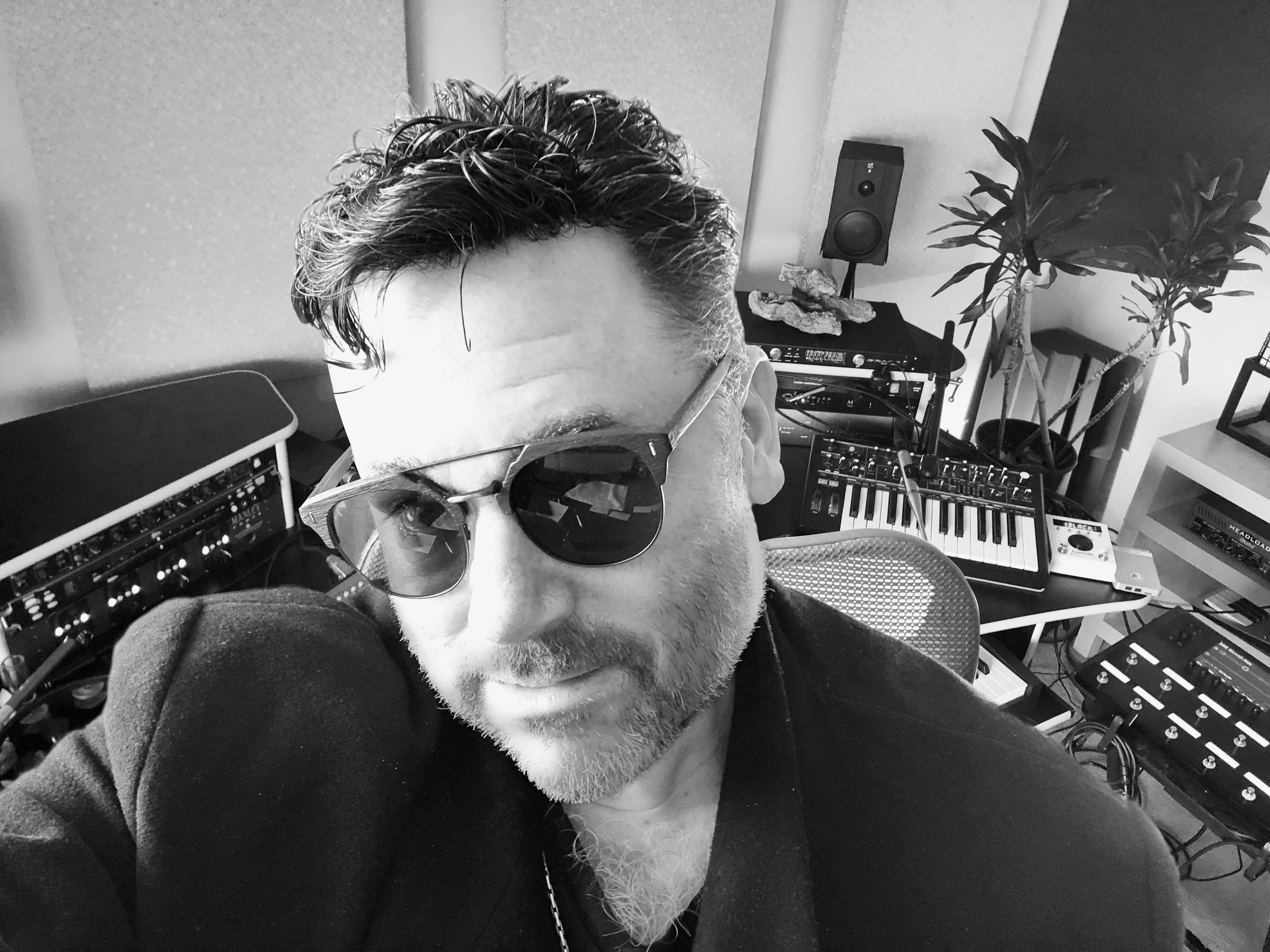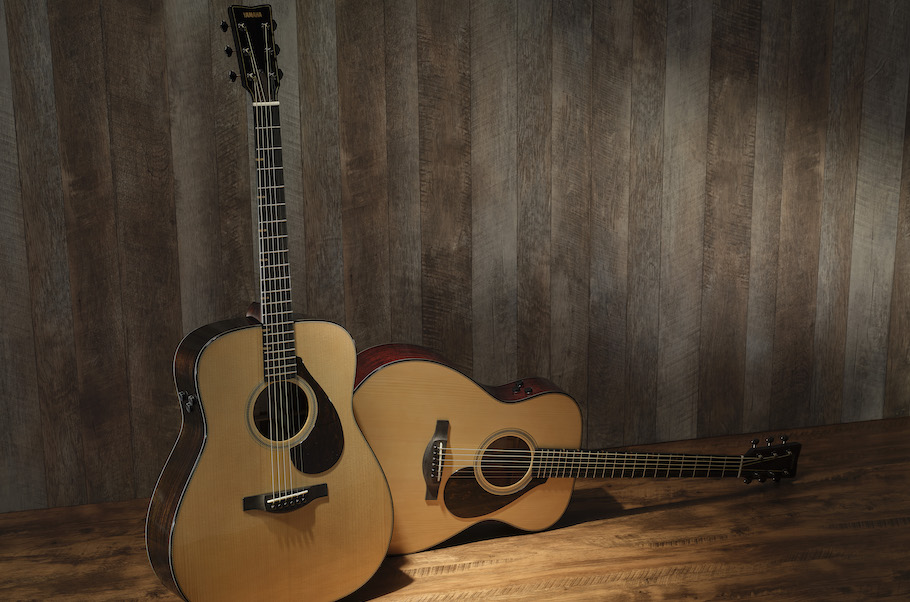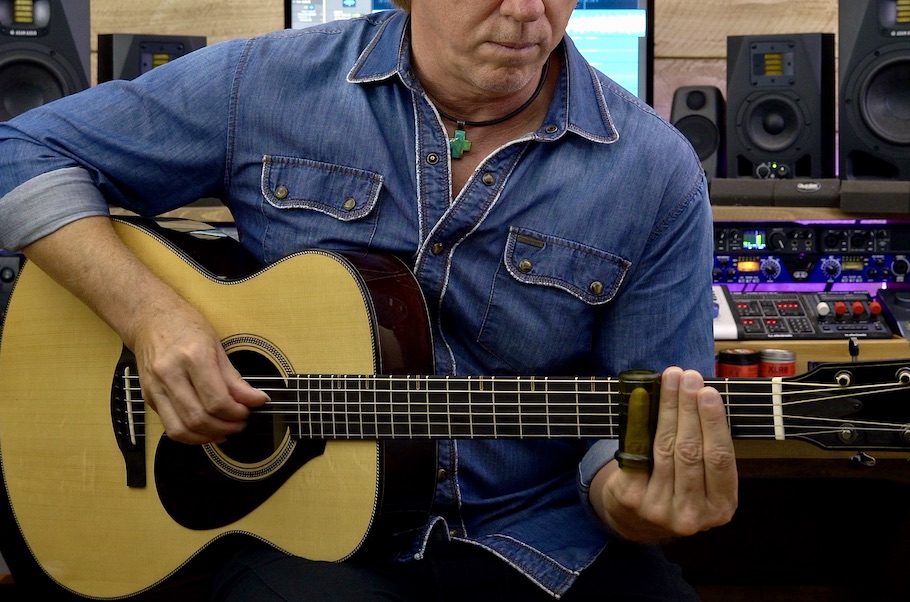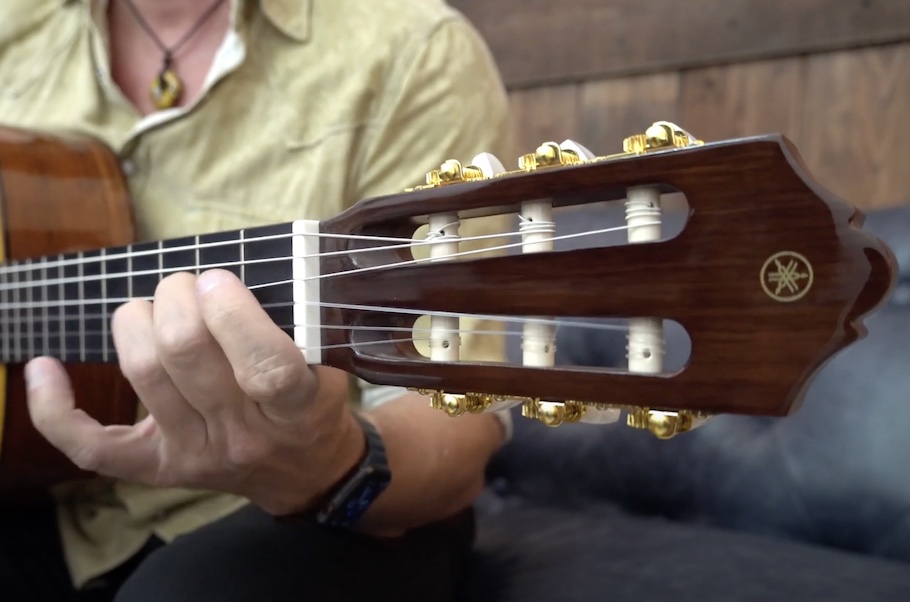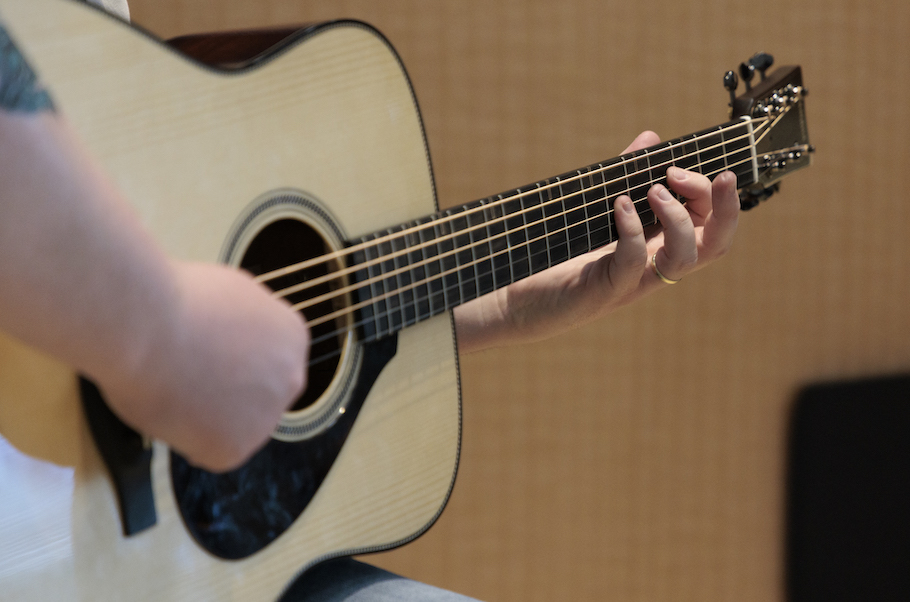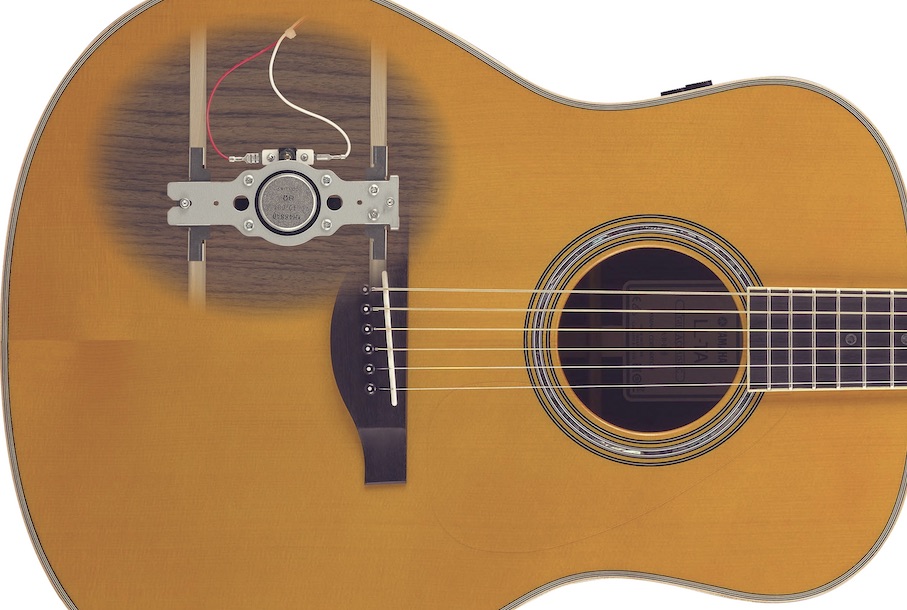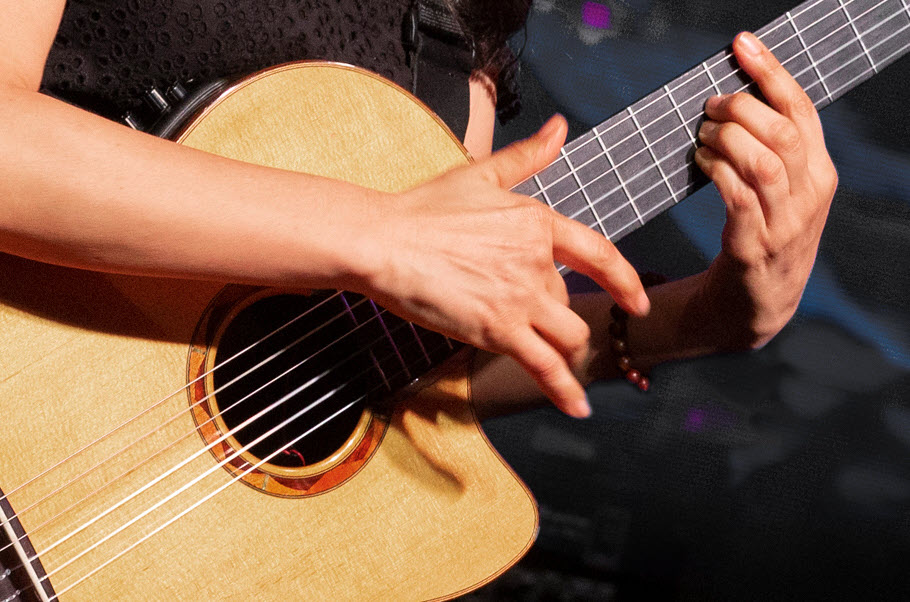Top Five Reasons You Should Use an Acoustic Guitar with Built-In Effects
Find inspiration in your instrument.
Part of the joy of acoustic guitars is that you can play them anywhere. And when your acoustic guitar has effects built into it, a whole new world opens up sonically. I know this first-hand: As the proud owner of a Yamaha TransAcoustic guitar, I often use its built-in reverb and chorus effects, both onstage and in the studio. It’s inspiring, and it always delivers excellent results.
The way a TA guitar creates those effects is pretty amazing, as detailed in this blog. Inside the guitar is a small metal device called an actuator, which vibrates when the strings are played. These vibrations then resonate with the body of the guitar and the air around the sound hole; as a bonus, the resulting effects are sent out of the output jack as well, courtesy of the instrument’s piezo pickup. It’s ingenious, and it sounds great!
Here are five reasons for using an acoustic guitar that has its own built-in effects:
1. IT DELIVERS A GREAT VIBE
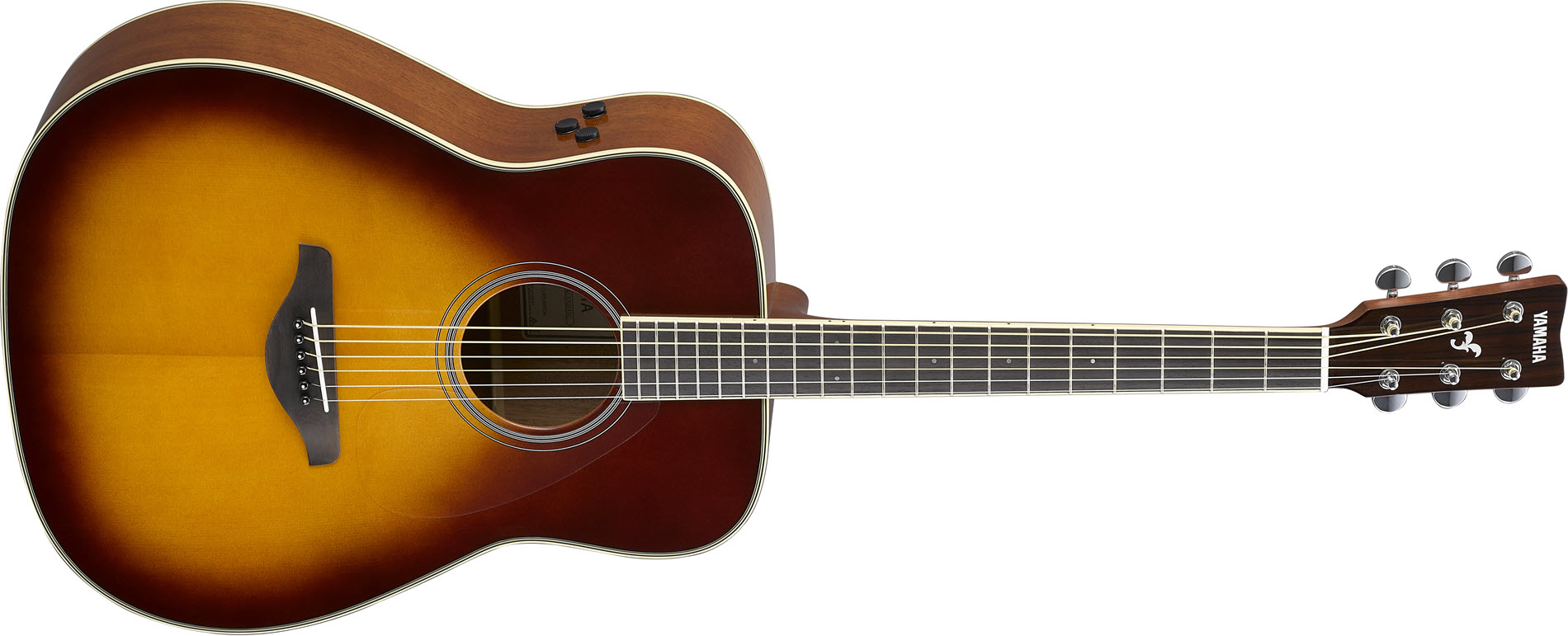
Whether I am just sitting on the couch noodling away or jamming with friends around a firepit, switching on the effects in my TA guitar causes an immediate sonic “vibe” to occur. The instrument creates its own lush atmosphere, with a sense of depth and space that literally makes you play differently.
A basic G chord on a regular guitar is simply not as much fun as a G chord played on a TA with a little added built-in reverb, chorus or both. I have many acoustic guitars in my collection, but my TA is the one I keep out all the time to pick up and play, not only because it’s a beautiful, well-crafted instrument with a solid sound, but because of the vibe it brings.
2. SIMPLICITY: NO AMP, NO PEDALS NEEDED
Keeping it simple is a great rule to live by when performing live. If your rig gets too complicated, things can happen that could derail you and the whole band. It’s happened to me more times than I would like to admit!
When your guitar has built-in effects, they’re always just a few knob twists away. Best of all, those knobs are right in front of you, on the guitar itself — no leaning over to try to sneak a peek at a rack-mounted effects processor or crouching down to try to make adjustments to a stomp box in low-light situations.
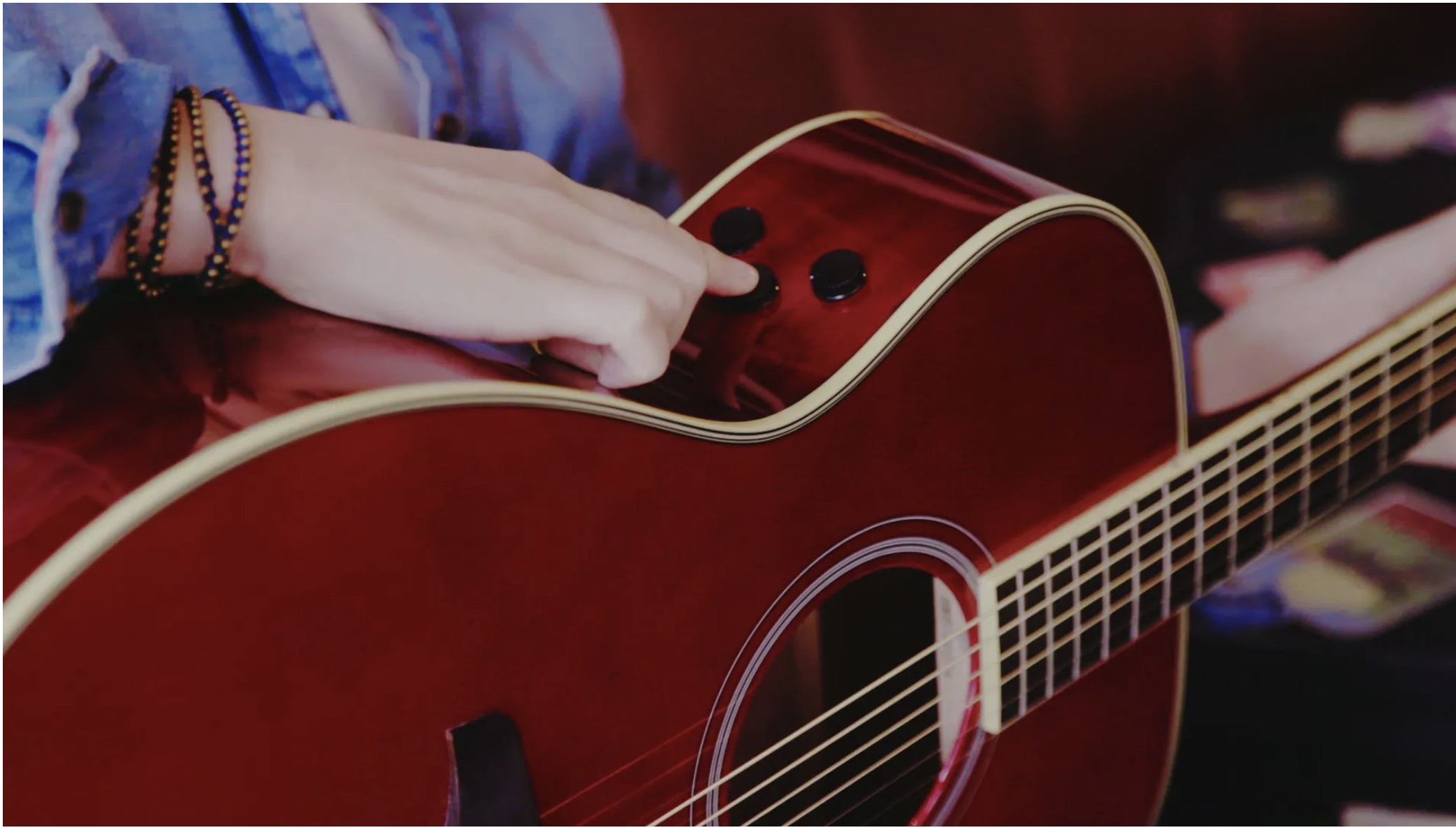
Having built-in effects streamlines the whole process and lets you focus on your performance, which allows for more creativity and spontaneity.
3. SPLIT PERSONALITY
TransAcoustic guitars let you dial in any combination of chorus or reverb, allowing you to get inspired anytime, anyplace. It’s far more stimulating than just playing a dry instrument because, in many ways, an effected guitar takes on a whole new personality.
For example, when you turn on the TA chorus, the sound gets a little louder and becomes reminiscent of a 12-string. The high notes sing differently, and with a capo, the upper register takes on an even brighter, more distinctive tonality.
The TA reverb provides an extra sense of depth that helps to meld notes together. You can choose between room and hall sounds or any blend of the two. The room setting is short and sweet, like you’re in a small space; the hall setting imparts a longer “tail” with a deeper sound.
I use a lot of open tunings (mostly DADGAD, open D and open G) on my TA acoustic. I find that the hall reverb works great with those tunings, especially when the guitar rings out. At those moments, the sonics light up like a candle!
4. IT’S A GREAT CREATIVE TOOL
At times, every composer gets stuck for ideas. When that happens, the fresh sound that comes from built-in guitar effects can help add that missing bit of inspiration. Suddenly, everything gets a little more lush, a little fuller … and before you know it, you have that missing chorus or bridge written and ready to go.
With my TA guitar, my mind goes into new places because the sound I’m hearing as I strum has extra depth, dimension and character. It makes playing acoustic guitar more fun.
5. IT’S GREAT FOR RECORDING
Since I record a lot of television music, I often double acoustic guitar parts to enhance the overall sonic picture that the listener will hear (unfortunately all too often through a tinny, and tiny, TV speaker). When using my TA guitar, I generally combine the DI output (the one coming from the quarter-inch jack) with the signal coming from a microphone positioned roughly four inches away from where the sound hole meets the fretboard. I record these on two separate tracks so I can blend them as needed when mixing. The cool thing about this is that whatever built-in effects I dial up come out of both the jack and from the air around the guitar.
On the first pass, I usually just add some TA reverb only, dialing in the desired amount while listening over headphones. (That way, I can hear it coming from both the DI output and the mic.) Once that’s recorded, I will immediately track a double of the part while all the nuances I just laid down are fresh in my mind. I’ll then do another pass, this time turning off the reverb and enabling the TA chorus effect instead; if necessary, I’ll double-track that pass too, sometimes with both reverb and chorus. Or I may keep one track totally dry and just use the natural sound of the guitar — it depends on the need of the cue.
While I could use pedals or plug-ins to get similar sounds, I prefer to use the effects in the guitar because I can feel and sense them coming out of the sound hole. Also, I’m usually under tight deadlines and have to work quite fast. By having effects in the guitar, I’m thinking about nothing but the performance and not about connecting a pedal or launching a plug-in.
So if you haven’t had the opportunity to play an acoustic guitar with built-in effects — especially a Yamaha TransAcoustic model — what are you waiting for?
Check out these related blog articles:
How Yamaha TransAcoustic Guitar Technology Works
Discover Yamaha TransAcoustic Guitars
Which TransAcoustic Guitar is Right for Me?
How to Record TransAcoustic Guitar Effects
“Breaking Amish” With My Yamaha FG-TA
MJ Ultra and the FG-TA TransAcoustic Guitar
Click here for more information about Yamaha TransAcoustic guitars.









